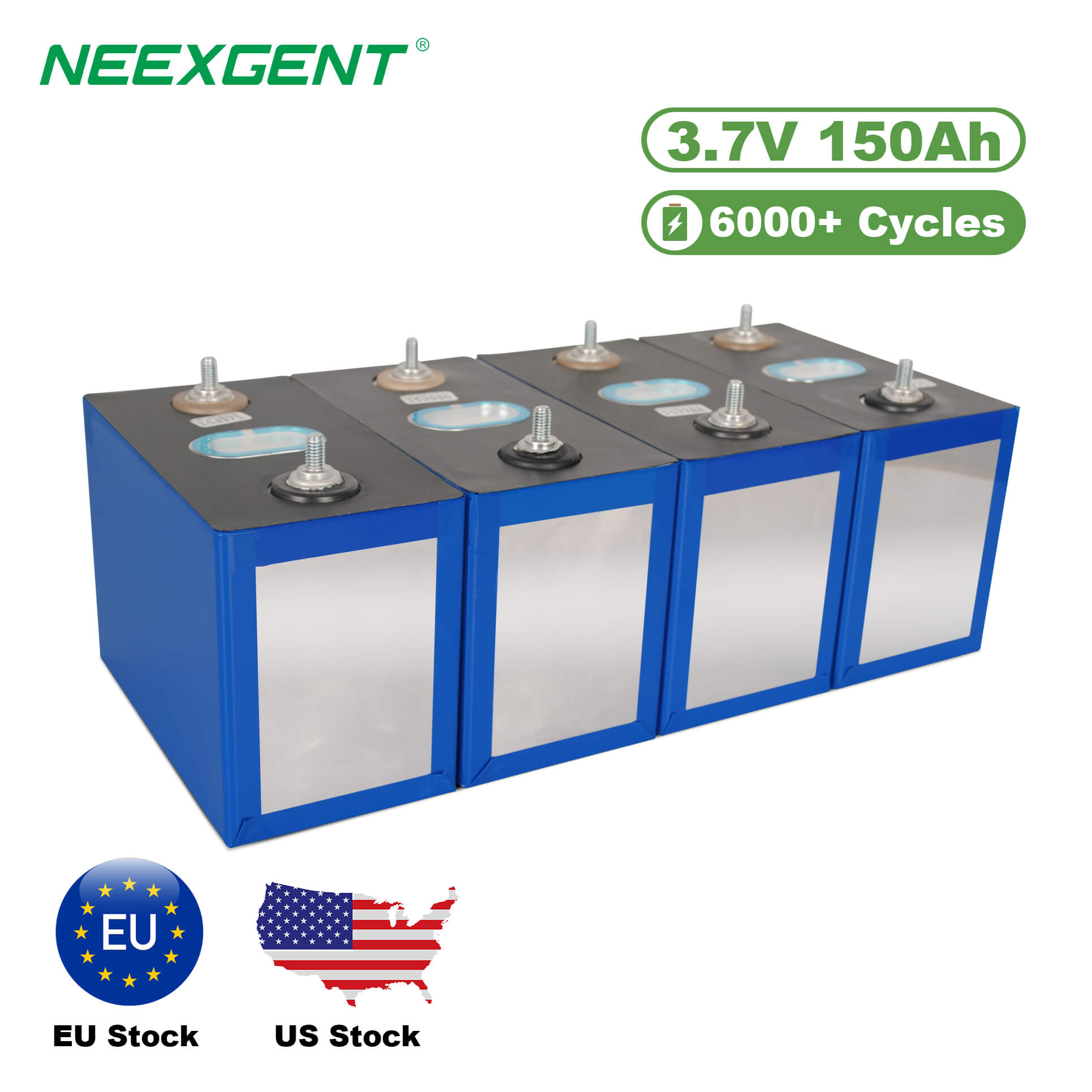Contents:
The solar energy market in Pakistan is set to experience significant growth by 2025 due to increasing demand for renewable energy sources, government incentives, and technological advancements. Solar panels have become a popular choice for addressing Pakistan’s power shortages and reducing dependency on fossil fuels.

Current Status of Solar Energy in Pakistan
Pakistan has abundant sunlight, receiving an average of 5–7 kWh/m² of solar radiation daily across most regions. Despite this potential, the country's energy mix still relies heavily on non-renewable resources. However, increasing awareness and affordability of solar panels are driving their adoption.
Government Support and Incentives
-
Net-Metering Policy: Allows households and businesses to sell excess energy back to the grid.
-
Duty Exemptions: Reduced duties on imported solar equipment, making it cost-effective.
-
Renewable Energy Targets: Pakistan aims to achieve 30% of its energy from renewable sources by 2030, with solar energy being a significant contributor.
Key Challenges
While opportunities abound, several challenges hinder the growth of solar energy:
-
Initial Costs: The high upfront investment in solar panel installations.
-
Infrastructure: A lack of advanced grid systems to support distributed solar energy.
-
Public Awareness: Limited understanding of solar energy benefits in rural areas.
Solar Panel Market Outlook for 2025
The table below summarizes the expected developments in Pakistan’s solar panel market by 2025:
| Aspect |
Details |
| Market Growth |
Expected annual growth rate of 10–12%. |
| Installed Capacity |
Anticipated to reach 5,000 MW. |
| Key Players |
Trina Solar, Jinko Solar, and local manufacturers. |
| Technology |
Increased adoption of bifacial and high-efficiency modules. |
| Regions Leading Adoption |
Punjab, Sindh, and Balochistan. |
Opportunities for Businesses
The growing demand for solar panels presents significant opportunities for domestic and international suppliers. Some promising areas include:
-
Residential Installations: Affordable packages for homes in urban and rural areas.
-
Industrial Applications: Tailored solutions for manufacturing plants and large-scale operations.
-
Off-Grid Systems: Solar energy systems for remote villages without access to electricity.
Adoption Trends and Projections
The adoption of solar energy in Pakistan is rising steadily due to the cost reductions in solar panel production and the increasing urgency of addressing climate change. The following line chart highlights the projected growth of installed solar capacity in Pakistan from 2020 to 2025.
Solar Energy Growth (2020–2025)
Driving Factors for Growth
-
Cost Parity: Solar energy has reached grid parity in Pakistan, meaning its cost competes favorably with traditional energy sources.
-
International Collaboration: Partnerships with Chinese manufacturers and global players are enhancing local production capacity.
-
Improved Financing: Introduction of loan programs and leasing options for residential and commercial buyers.
Local Manufacturing Potential
As demand increases, Pakistan has a unique opportunity to develop its domestic solar manufacturing industry. Local production of photovoltaic (PV) panels and related equipment can reduce reliance on imports and create employment opportunities.
The solar market in Pakistan is poised to become a pivotal sector in the country’s economy. Efforts by the government, private sector, and international organizations will play a crucial role in driving its future success.

Key Market Segments
Pakistan’s solar panel market is diversified across residential, commercial, industrial, and agricultural segments. Each sector presents unique opportunities for growth, driven by specific needs and incentives.
Market Segmentation by Usage
The table below provides a breakdown of the major sectors adopting solar panels in Pakistan by 2025:
| Sector |
Description |
Growth Potential |
| Residential |
Affordable rooftop solar systems for urban and rural households. |
High, driven by increasing electricity costs and incentives. |
| Commercial |
Solar power for retail outlets, malls, and office buildings. |
Moderate, influenced by financial support programs. |
| Industrial |
High-capacity installations for factories and manufacturing plants. |
High, due to energy reliability needs. |
| Agricultural |
Solar water pumps and irrigation systems for farms. |
Significant, with strong rural adoption. |
Policy Enhancements Needed
To maximize the potential of solar energy in Pakistan, the following policy enhancements are critical:
-
Subsidy Expansion: Broader subsidies for rural solar projects.
-
Tax Reductions: Extend duty-free imports to cover newer technologies like advanced solar inverters.
-
Awareness Campaigns: Educating the public about long-term savings and environmental benefits.
Role of International Investments
International investments play a vital role in accelerating Pakistan’s solar energy transition. Partnerships with global solar manufacturers, financial institutions, and development agencies have significantly boosted the availability and affordability of solar technologies. Chinese solar companies, under the China-Pakistan Economic Corridor (CPEC) framework, have been instrumental in providing technical expertise and low-cost panels.
Additionally, international financing programs, such as green bonds and renewable energy funds, have facilitated large-scale solar projects in Pakistan, including solar farms and hybrid power systems. These investments not only address energy shortages but also create jobs and promote sustainable development.
Impact on Pakistan’s Energy Independence
As Pakistan expands its solar capacity, the country moves closer to achieving energy independence. The reduction in reliance on imported fossil fuels will alleviate pressure on foreign reserves, while the shift to clean energy will significantly lower carbon emissions. Rural electrification projects powered by solar energy will further bridge the urban-rural energy divide, improving the quality of life for millions.
FAQ: Solar Panels in Pakistan by 2025







